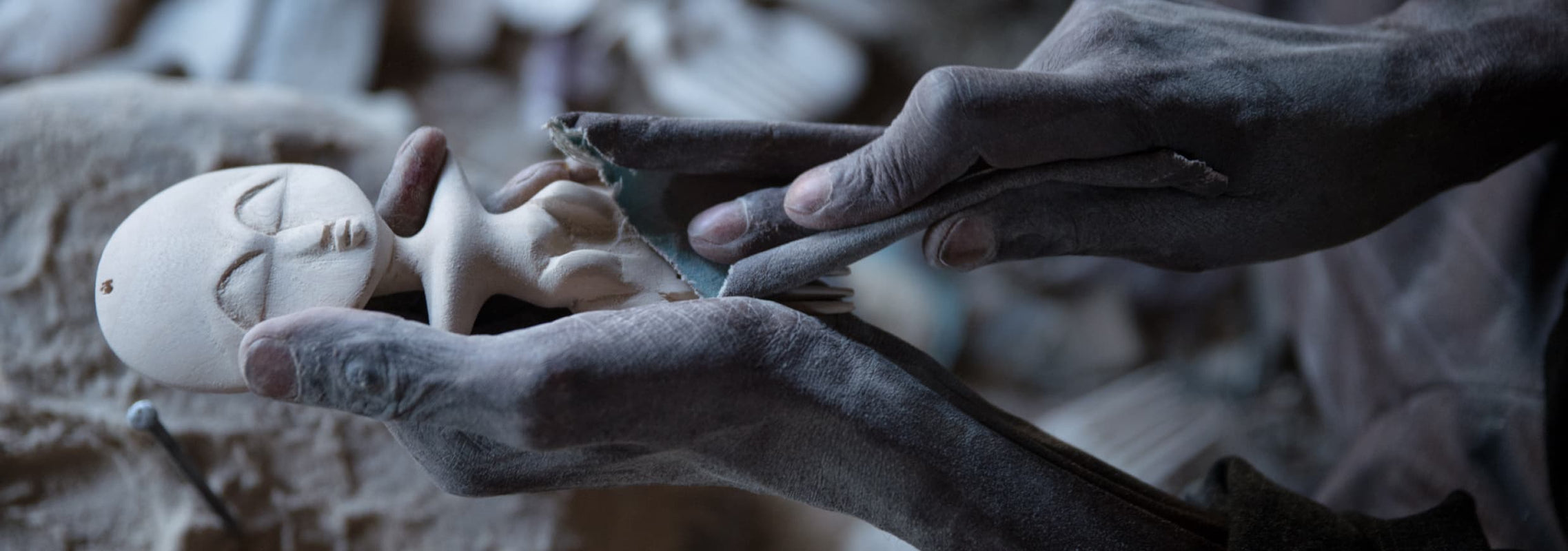Elevating a heritage textile for wildlife conservation
Elevating a heritage textile for wildlife conservation
Client: EU heritage luxury brand known for their craft focus
Services: Development, Compliance testing (EU REACH), Quality control, Production management
Project
An EU heritage luxury house sought our support for a special accessories project whose sales proceeds would go to conservation projects in Kenya. The brand’s creative team wanted to work with Kenyan / East African heritage textiles, but had no knowledge of, or experience working with East African textiles. The brand’s high-end positioning dictated that the chosen textile would need to be of high quality.
Methodology
We know that every design and production project has its unique material solution(s). Even for established brands, developing new materials or upgrading existing ones in far-off locations can be prohibitive due to cultural, time zone, and regulatory differences which introduce cost, logistical and coordination constraints. When working with heritage materials and techniques today, accurate cultural representation and giving credit to source communities are also just as important as technical and other project considerations. As a local partner to global brands, we mitigate these challenges by being a cultural translator, technical partner, and project and relationships manager with mastery of the local context.
Implementation
Step 1:
Leveraging our database of research on heritage Kenyan textiles, we furnished data that grounded the brand’s materials and design teams in accurate socio-cultural history of Kenyan textiles, and the textiles’ technical properties. This was important for two reasons: representation and design inspiration.
Step 2:
We procured materials samples for prototyping and oversaw REACH compliance testing for the initial textile samples.
Step 3:
With the prototypes and materials test results on hand, we worked with our client and the heritage textile mill to establish quality parameters that met our client’s standards and the mill’s capabilities.
Step 4:
Working with the mill, we managed on behalf of our client the production and testing of the first run of the textile in a premium yarn.
Step 5:
We secured the green light to proceed to the production phase where we managed production, quality checks, and timelines with the partner mill.
Step 6:
Alongside an exceptional quality product, we presented the client with visual content for story-telling, education, and inspiration.


